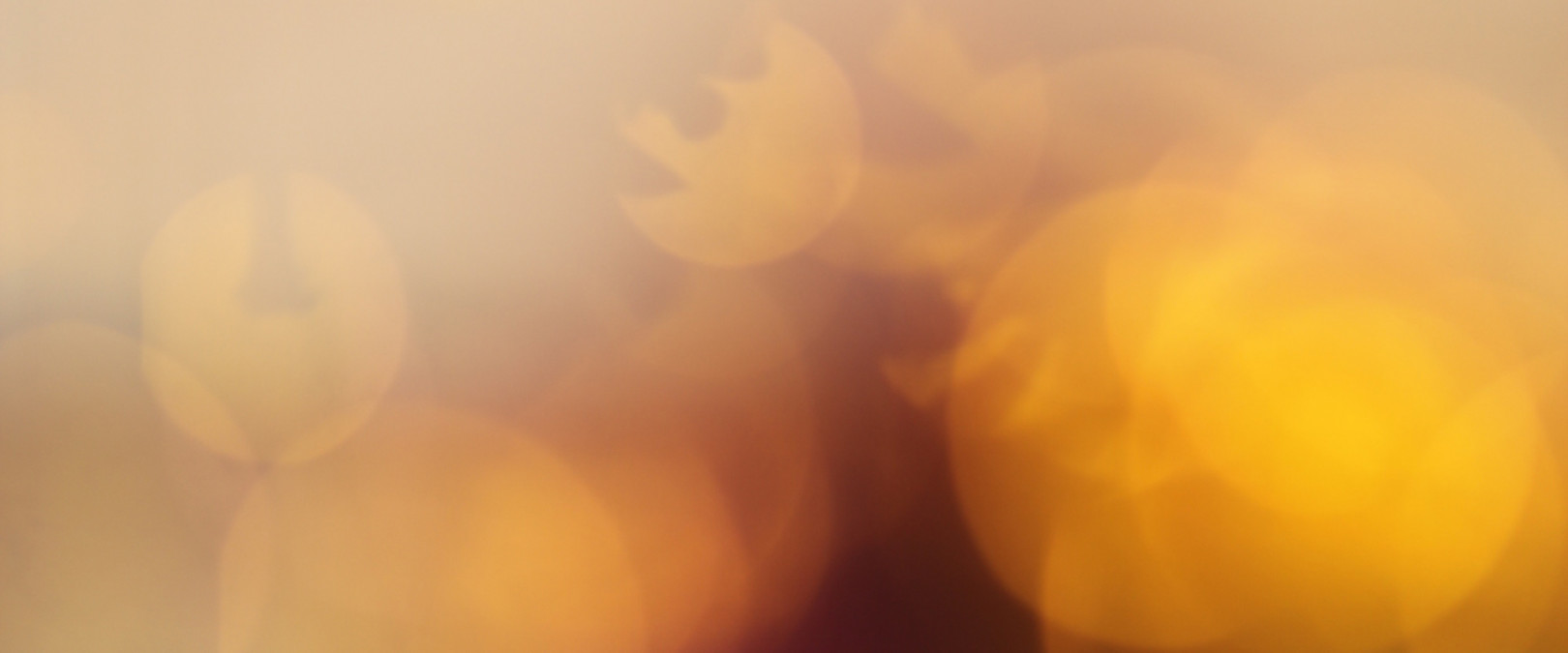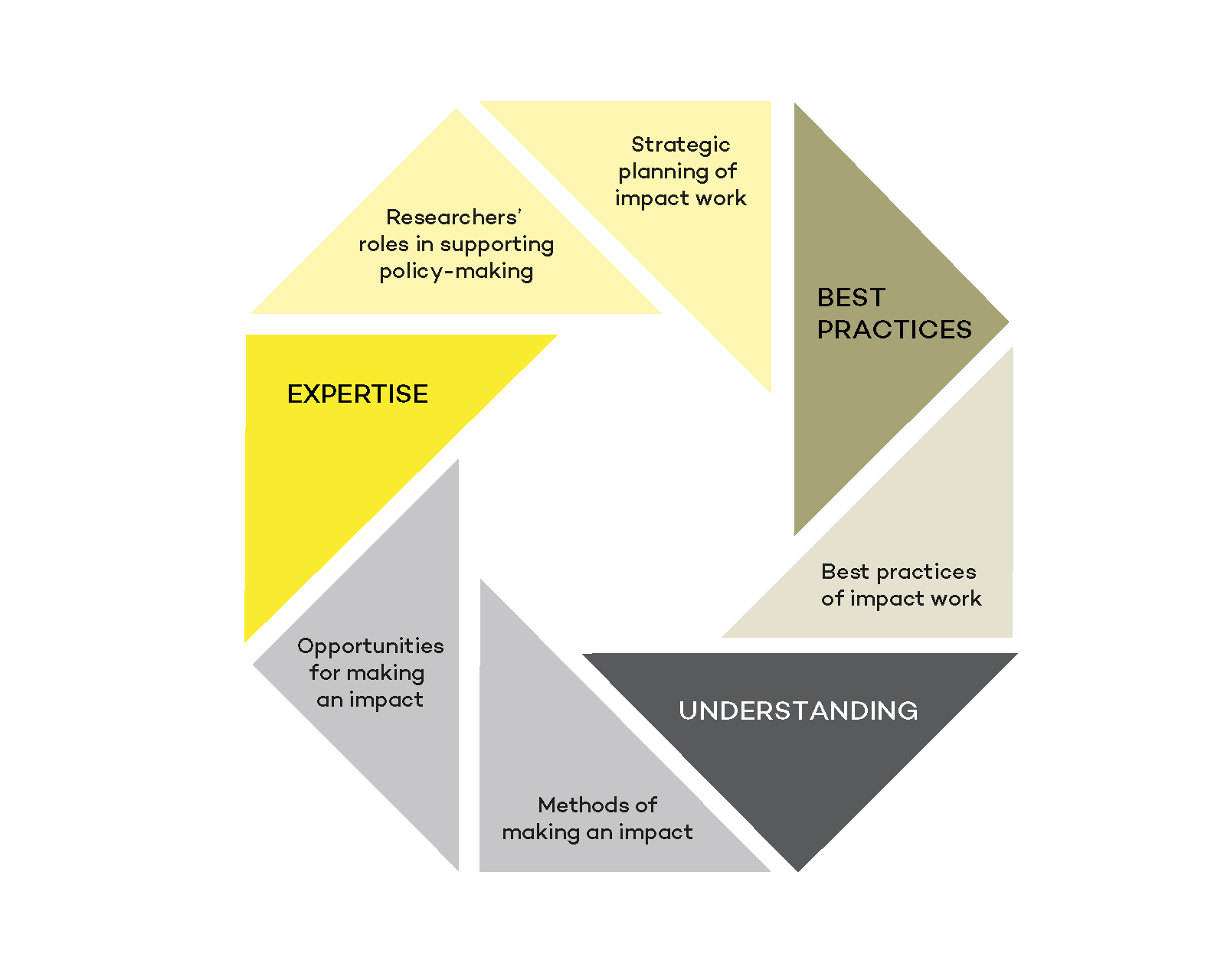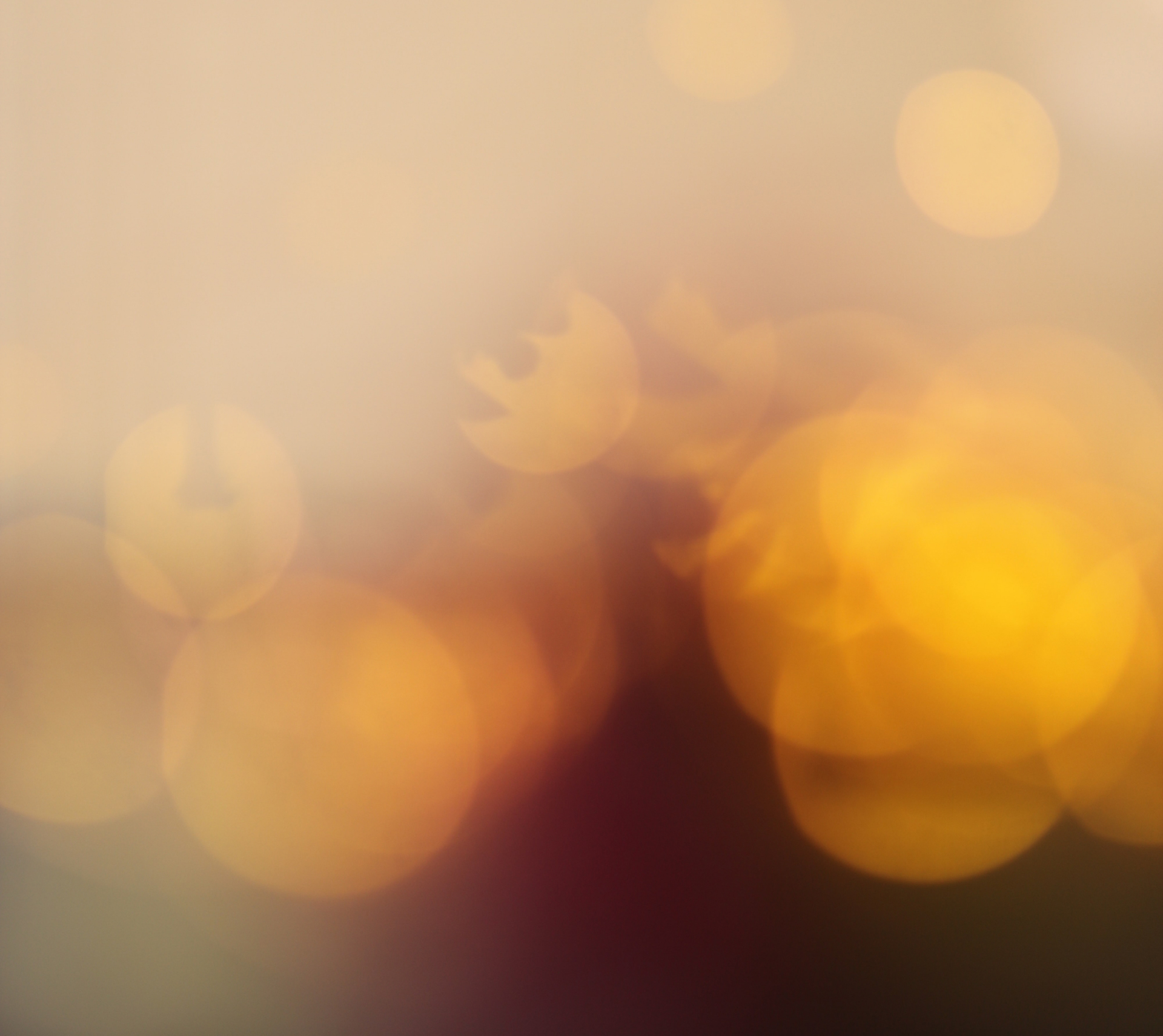
Course Material
From science to decision-making – how to enhance the impact of research
Research that is left in the ivory tower is an outdated idea and societally wasted knowledge. Science and research serve many purposes, but majority of the knowledge can benefit society and change the world – now and in the future. Societal interaction is the third function of universities. Hence, communicating research results is an important part of research work.
There is a growing demand for the knowledge and expertise of researchers to support decision-making from global and complex problems to day-to-day policy issues on a national level. The impact of research is promoted through, for example, science communication and co-creation. Long-term interaction with stakeholders and policy makers helps to increase the impact of research.
This course material provides insights into:
- the societal context of science-policy interface,
- the role of the researcher in supporting policy-making,
- and the different ways in which research knowledge is transferred to policy-makers.
The course also presents tools to help researchers reflect on and design their own pathways for making an impact. The aim is to support participants’ understanding of the opportunities that exist in the science-policy interface and provide tips for engaging in impact work with one’s research
Sound like a burden? The need for research to be useful and effective can put pressure on researchers. The course material will help you to recognize the variability of ways in making an impact. You don’t have to do everything – nor even be on social media! The important thing is to find your own way!
The course material has been produced by experts in science-policy interface aka knowledge brokers at the Finnish Academy of Science and Letters. The ideas presented in the material are based on research literature and views of experts in knowledge brokering activities, but also on the knowledge brokering experiences of Finnish Academy of Science and Letters.
The work has been carried out as part of a Phenomenon Map project funded by the Jane and Aatos Erkko Foundation.

Start the course

